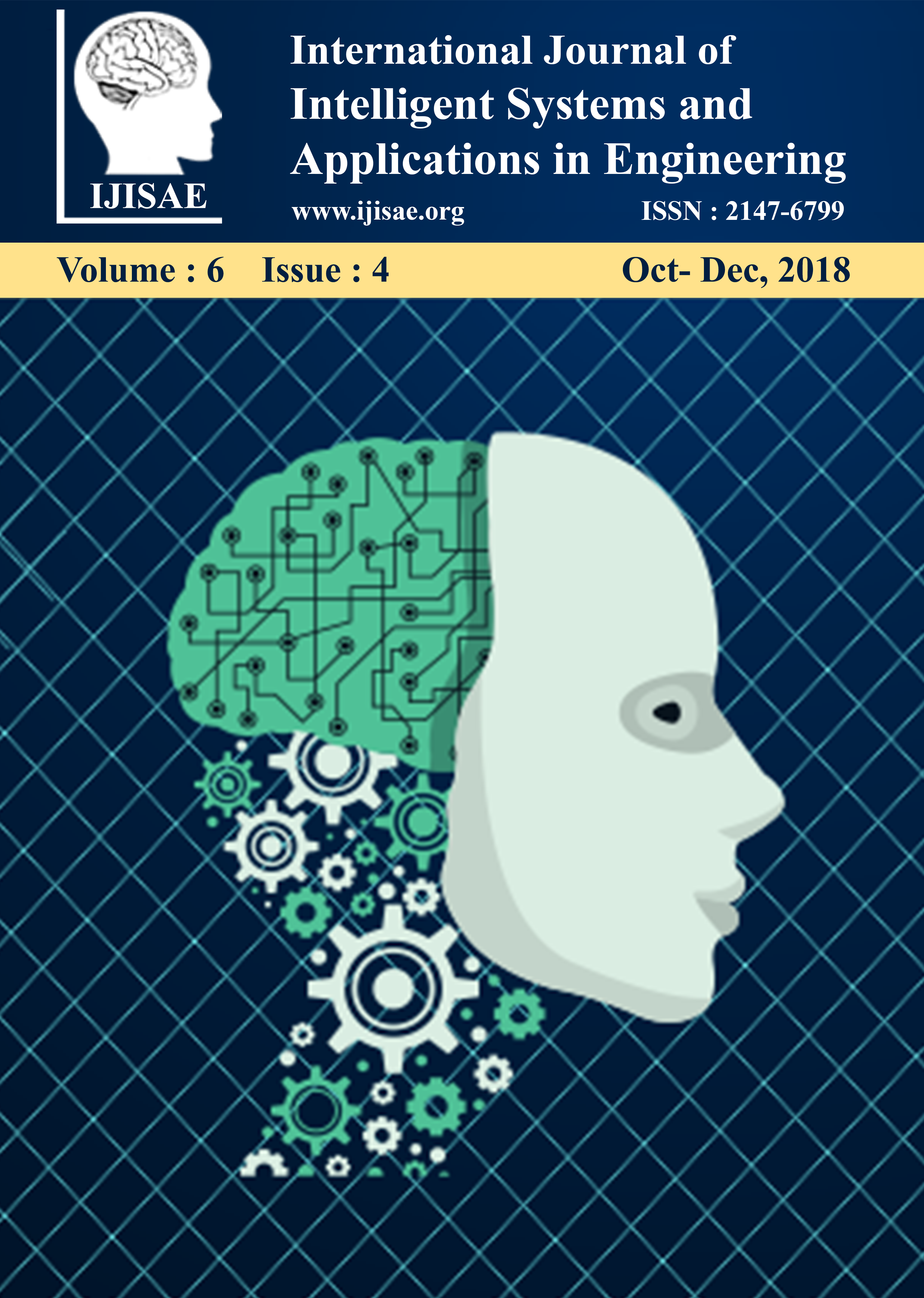Harnessing Machine Learning for Anomaly Detection and Cybersecurity in IoT Networks
Keywords:
Unsupervised Learning, Hybrid Learning, Threat Mitigation, Network Security, Model Selection, Internet of Things (IoT), Anomaly Detection, Machine Learning, Supervised Learning, Performance Evaluation Metrics.Abstract
The growth of IoT is unparalleled due to the integration of networked devices in all facets of our lives and enterprises. Innovation thrives on ubiquity, but it also has drawbacks. Numerous IoT gadgets entice nefarious persons who exploit vulnerabilities to create chaos. Unmitigated data breaches, privacy violations, and critical infrastructure failures may transpire. The research investigates machine learning (ML) as an effective safeguard against these dangers.
Machine learning algorithms for anomaly identification in dynamic Internet of Things networks are meticulously chosen. We evaluate the advantages and disadvantages of supervised, unsupervised, and hybrid learning. Supervised learning on labeled datasets of normal and deviant behavior may yield remarkable outcomes. Acquiring sufficient labeled data for IoT scenarios is challenging. IoT networks comprise a greater volume of unlabeled data suitable for unsupervised learning. Nonetheless, their failure to detect anomalies necessitates caution. Integrating several methodologies is stimulating yet necessitates meticulous planning and coordination.
We navigate this labyrinth using various assessment methods. Comprehending the advantages and disadvantages of metrics is essential. Essential metric precision evaluates model effectiveness. The IoT security datasets are inconsistent, rendering accuracy potentially misleading. Accuracy, retention, and the recognition of true positives and abnormalities are crucial. The F1-score equilibrates precision and recall. The computational performance of IoT is essential owing to resource constraints. Evaluating these factors should assist researchers and practitioners in enhancing the security of the IoT ecosystem.
Research improves the resilience of IoT networks. We provide secure and reliable solutions for smart cities, industrial automation, integrated healthcare, and intelligent transportation systems through machine learning and meticulously selected models.
Downloads
References
Al-Garadi, M. A., Mohamed, A., Al-Ali, A. K., Du, X., Guizani, M., & Ali, I. (2016). A survey of machine and deep learning methods for Internet of Things (IoT) security. IEEE Communications Surveys & Tutorials, 19(4), 2821-2843. https://doi.org/10.1109/COMST.2017.2725828
Buczak, A. L., & Guven, E. (2016). A survey of data mining and machine learning methods for cybersecurity intrusion detection. IEEE Communications Surveys & Tutorials, 18(2), 1153-1176. https://doi.org/10.1109/COMST.2015.2494502
Chandola, V., Banerjee, A., & Kumar, V. (2009). Anomaly detection: A survey. ACM Computing Surveys (CSUR), 41(3), 1-58. https://doi.org/10.1145/1541880.1541882
Conti, M., Dehghantanha, A., Franke, K., & Watson, S. (2018). Internet of Things security and forensics: Challenges and opportunities. Future Generation Computer Systems, 78, 544-546.
Diro, A. A., & Chilamkurti, N. (2018). Distributed attack detection scheme using deep learning approach for Internet of Things. Future Generation Computer Systems, 82, 761-768.
Doshi, R., Apthorpe, N., & Feamster, N. (2018). Machine learning DDoS detection for consumer Internet of Things devices. In Proceedings of the IEEE Security and Privacy Workshops (pp. 29-35).
Farooq, M., Waseem, M., Khairi, A., & Mazhar, S. (2015). A critical analysis on the security concerns of Internet of Things (IoT). International Journal of Computer Applications, 111(7), 1-6.
Fernandes, D. A., Soares, L., Gomes, J., Freire, M., & Inácio, P. R. (2014). Security issues in cloud environments: A survey. International Journal of Information Security, 13(2), 113-170.
García-Teodoro, P., Díaz-Verdejo, J., Maciá-Fernández, G., & Vázquez, E. (2009). Anomaly-based network intrusion detection: Techniques, systems and challenges. Computers & Security, 28(1-2), 18-28.
Hodo, E., Bellekens, X., Hamilton, A., Dubouilh, P.-L., Iorkyase, E., Tachtatzis, C., & Atkinson, R.C.. (2016). Threat analysis of IoT networks using artificial neural network intrusion detection system.
Downloads
Published
How to Cite
Issue
Section
License

This work is licensed under a Creative Commons Attribution-ShareAlike 4.0 International License.
All papers should be submitted electronically. All submitted manuscripts must be original work that is not under submission at another journal or under consideration for publication in another form, such as a monograph or chapter of a book. Authors of submitted papers are obligated not to submit their paper for publication elsewhere until an editorial decision is rendered on their submission. Further, authors of accepted papers are prohibited from publishing the results in other publications that appear before the paper is published in the Journal unless they receive approval for doing so from the Editor-In-Chief.
IJISAE open access articles are licensed under a Creative Commons Attribution-ShareAlike 4.0 International License. This license lets the audience to give appropriate credit, provide a link to the license, and indicate if changes were made and if they remix, transform, or build upon the material, they must distribute contributions under the same license as the original.






